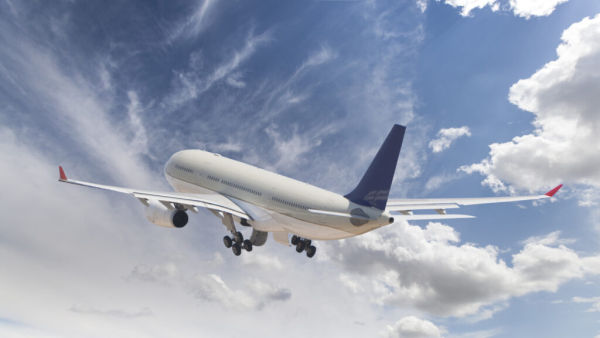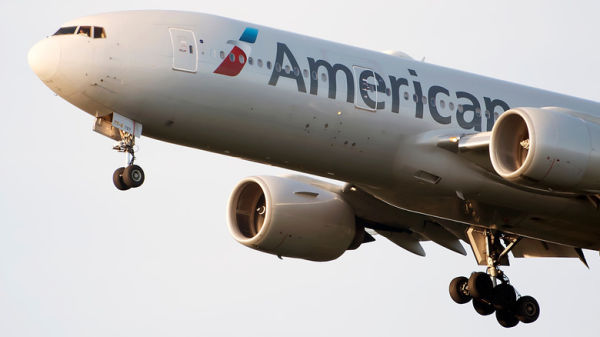Tilted landing gears, while engineered specifically for the express purpose of helping jets land and take off from runways, might look odd, like the wheels on the wings of a B-52 bomber. If you’ve ever seen landing gear configurations on a large commercial airplane that appear splayed and off-center, it might cause a double-take. Even with the best technology available today, sometimes landings do go awry, as scary and uncommon as it is.
Landing gear systems on large jets are truly an engineering marvel whenever they appear from the fuselage like a magic trick, able to bear the weight of a 485,300-pound Boeing 747 jumbo jet. The wheels screech on touchdown, and the shocks soak up the brutal impact forces, bringing you back to terra firma. Here, we will explore why some airplanes come equipped with tilted landing gear, how it functions specifically, and the reasons for this tilted design.
The primary function of landing gear tilt is not for the reasons you might assume, like aerodynamics or for buffering the forces imparted on a plane as it slams onto the tarmac during landings. Rather, the tilt is mainly engineered for space savings, allowing for maximum fuselage volume while still accommodating the retractable landing gears.
A critical space-saving solution
On commercial airline jets like the Airbus A330, Boeing 777, and Boeing 787, as an example, you will notice these tilted-up gear bogies. A landing gear bogie, using the Boeing 777 for reference, has a triple bogie landing gear configuration. Bogies are the cluster of landing gear wheels that are stacked in pairs of wheels, in a row.
The simple fact that these airplanes can weigh hundreds of tons when filled with passengers and cargo means single wheel landing gears aren’t enough to bear the load, hence the sets of multiple wheels and struts. The struts are filled with nitrogen and hydraulic fluid to help with cushioning. These multi-axel wheel assemblies take up a lot of space and must be able to neatly tuck into the fuselage wheel well (or, in some cases, wing) during flight. The forward canted angle of a Boeing 767’s gears, for example, allows for retraction while accommodating large center fuel tanks and cargo holds. Other commercial aircraft have rearward tilted gears, but they serve the same purpose.
Hydraulic systems and load management
To make these tilted landing gears move after takeoff and before landing, you have an array of hydraulics that exert immense forces upon the arms of the bogies. The gear tilt actuator is the arm that is responsible for the tilt and movement of the bogies, sitting in the middle between the sets of wheels on either side. During landings, the rear wheels touch first as the tilt actuator then pushes the rear wheels down, which then levels out the front wheels, before the front gears below the cockpit finally touch the runway — what is called nose down — as the plane rapidly decelerates. However, as we previously mentioned, in some places the tilt is reversed, like in the 767 or newer Airbus planes like the A350, yet they still have the same tilt actuator arms, just in opposite orientations, allowing the front wheels to touch first.
Upon landing, the actuator arm resists straightening of the gear, which then causes the hydraulic pressure to spike from 3000 psi to a peak of 4500 psi, after which the dump valve releases fluid to a return line, allowing the gear to flatten out. A secondary benefit to the tilt is managing touchdown drag loads, where the forces of the asphalt is spreads the high drag load out and reduce the jarring instantaneous forces on the gears and airplane frame. This sequential impact absorption, in turn, means passengers experience smooth and comfortable landings, in addition to reducing aircraft stress.










